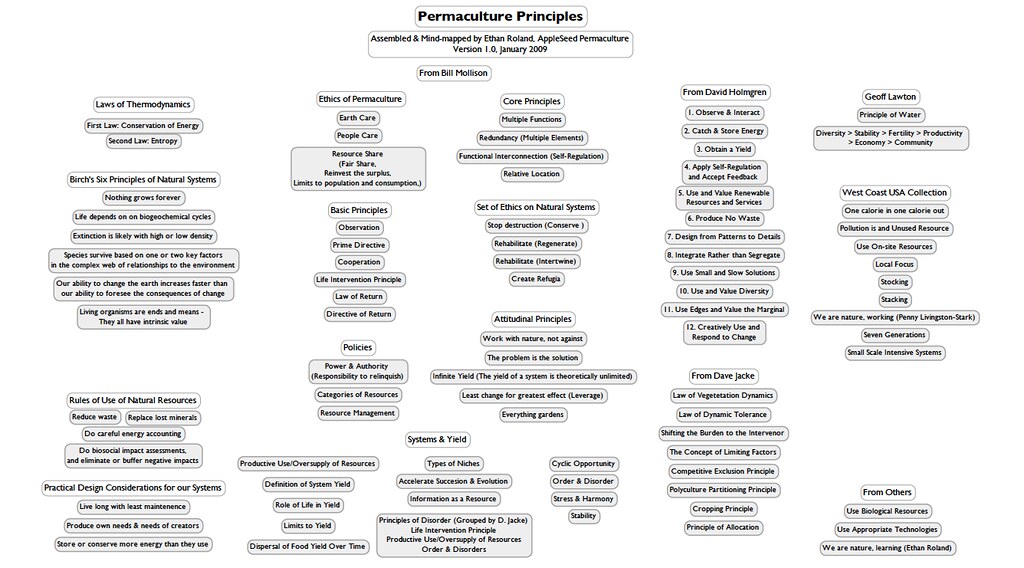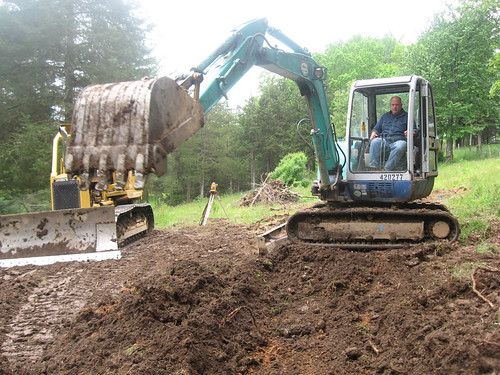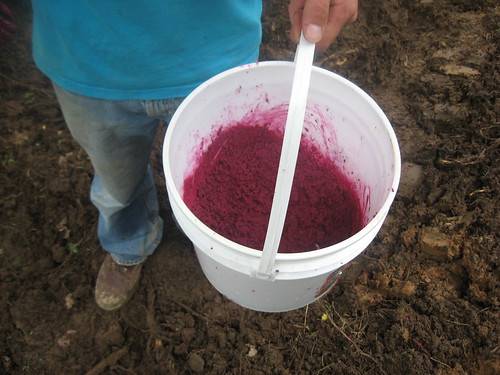
Over the past 2 years I've been developing an economic design tool for ecological agriculture enterprises.

It creates ten to fifty-year profit and loss projections based on hand-collected & collated hard research data on the following ag enterprise areas:
• Permaculture food forests, forest gardens & agroforestry areas;
• Mixed-fruit orchards;
• Small fruits, berries & hardy kiwi + grape vineyards;
• Organic annual & perennial vegetable production w/ no-till beds & greenhouses;
• Rotational grazing layouts & keyline patterns for larger livestock
• Chickens, ducks, bees and other micro-livestock;
• Composting, worm composting, and aerated compost tea production;
• Short-rotation coppice biomass production for heating & biofuels;
• Gourmet and medicinal mushroom production;
• Wetland agriculture, aquaculture & pond polyculture systems.

Pilot farms using the tool's projections are being developed in the Hudson River valley, integrated with residential and institutional developments. For an example farm prospectus created with the tool, click here.
Anyone interested in collaborating? Contact me: ethan[at]appleseedpermaculture.com and http://twitter.com/ethanappleseed



















